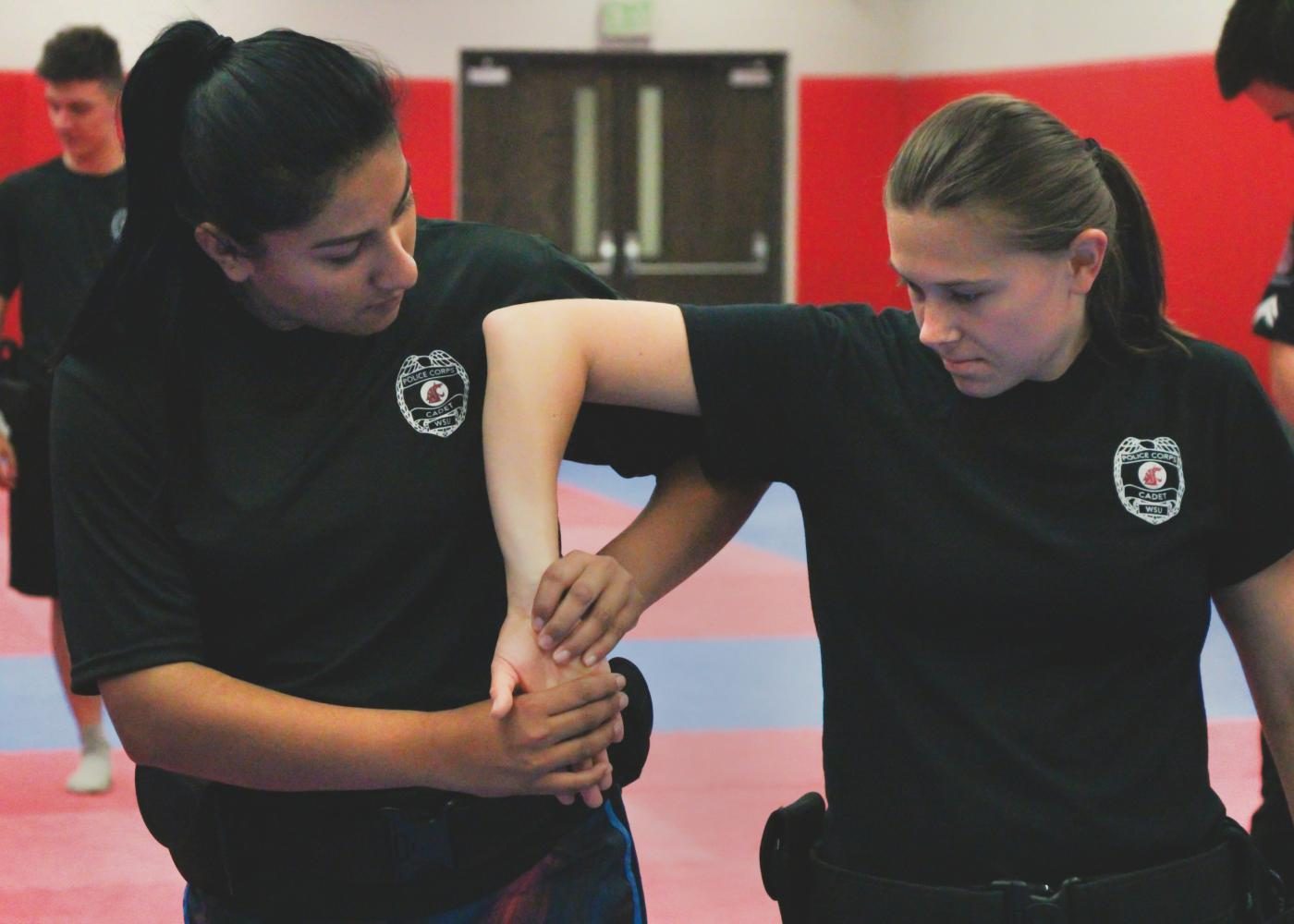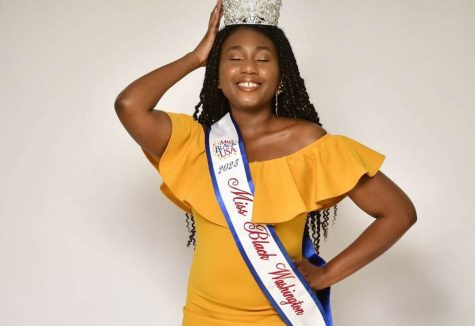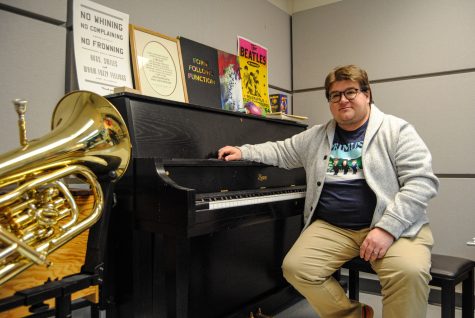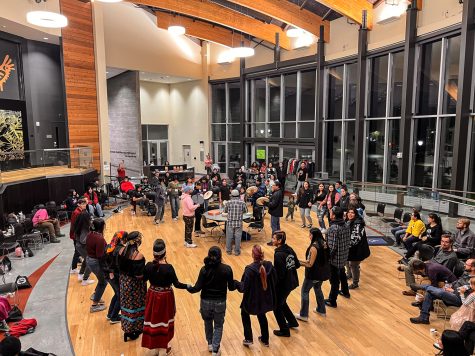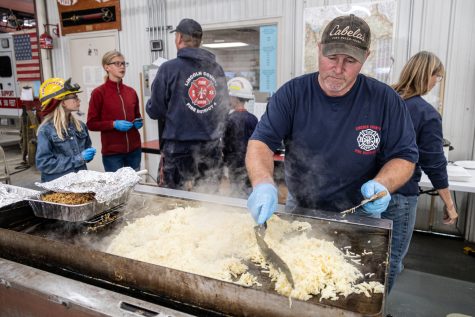WSU Cadet training emphasizes technique over strength
Trainees say hands-on experience helps them more than their classes
KIERA CLUBB | The Daily Evergreen
Sopohmore Maria Campos and senior Sammy Bill, both criminal justice majors, practice take downs during Defensive Tactics Training class in the Physical Education building on the morning on Monday, August 28th.
August 29, 2017
100-pound woman, no more than five-feet tall, grasped a six-foot tall, 200-pound man’s hand and pushed it back, forming a gooseneck, a police defensive technique.
“So, I’m going to turn and bring him down,” she explained to another cadet, who was intently watching.
She effortlessly pulled his elbow toward the ground, rotating his body before pinning him with her knee.
Through training like this, Lt. Sarah Hernandez has learned how to emphasize technique over strength, a skill that will come in handy for her future career in law enforcement.
Only two years into WSU cadet program, Hernandez, a junior studying psychology and criminal justice, said the program offers comprehensive police training that is unmatched across universities nationwide.
Their instructor, WSU Police Cpl. Kelly Stewart, said within the last five years, most cadets have been in the top-3 percent in their respective academies. Last year, he said, three previous candidates were named Officer of the Year, including one at Seattle Police Department. He said two others had received Medals of Valor.
“These cadets receive experience that puts them head and shoulders above any other academy recruits,” he said.
He said the program lives by three core values: honor, integrity and commitment, in which cadets are supposed to demonstrate through the program, their education, their family, their community and themselves.
He said their training includes radio patrols, traffic and crowd controls, foot patrols, defensive tactics, drug identification, crime scene investigations and handcuffing among others.
When cadets enter the program, they are referred to as cadet twos and have restricted responsibilities. They can move up quickly to a cadet one after showing capability with training and as positions open up.
One cadet, Tyler Lloyd, a junior studying psychology with a minor in criminal justice, joined the program a few weeks ago. After partaking in a rigorous three-day academy, Lloyd became a cadet one and was able to take on new training with more hours.
“The best part is the hand on experience,” he said. “You learn a lot in your [criminal justice] classes, but you don’t get the field experience this program has.”
He said because everyone in the program had a lot of experience already, it was intimidating to join. However, he said everyone, in different ranks, helps each other.
Stewart said some cadets can even apply for SWAT training where cadets learn building entry, sweeper movements and participate in mock scenarios.
Stewart said a common misconception is that a cadet should start as a junior or senior. Instead, he encourages students of all majors and experience to join early to gain more skills and see if law enforcement is the right career path for them.
Hernandez said those who want to be cadets should act as examples and stay out of trouble. However, she encourages students who have participated in such acts to still apply if they have learned from their mistakes.
“If you want to be police officer, you have to live your life preparing for it,” Hernandez said.


